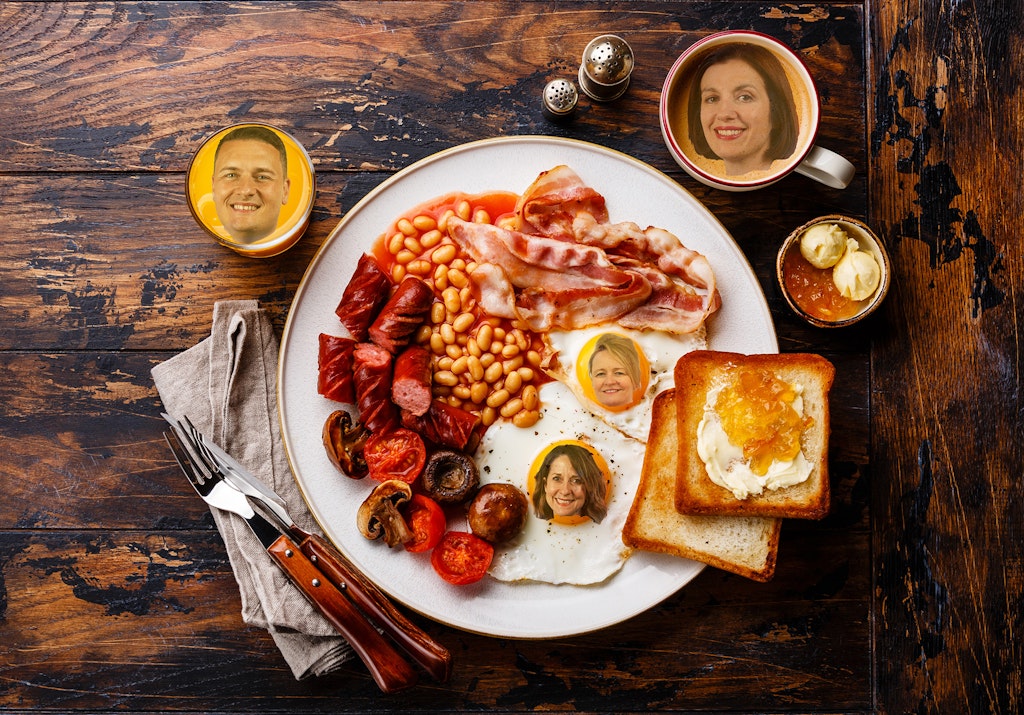Jeu, set et match
France’s tennis troubles
This article is taken from the June 2023 issue of The Critic. To get the full magazine why not subscribe? Right now we’re offering five issues for just £10.
“If the French noblesse had been capable of playing cricket with their peasants, their chateaux would never have been burnt.” G.M. Trevelyan’s assessment of the causes of the French Revolution may have placed too much confidence in the power of a Gentlemen and Players match to quell the disgruntled. And in any case, cricket would never have replaced tennis for the French upper crust.
Tennis was once France’s national sport. For 400 years, from the fourteenth century, when grander and grander walled courts began to appear all over the country, up until the Third Estate’s declaration of revolt on a Versailles tennis court in 1789, the monastic game of jeu de paume, or real tennis, held sway. It was the sport of kings, two of whom died from playing it, reflected by Shakespeare in the Dauphin taunting Henry V by sending him a chest of tennis balls.
After the slaughter of the aristocrats, the sport declined rapidly from more than 2,000 courts to only three today, in Paris, Bordeaux and Fontainebleau (though a fourth is being restored in Chinon). But with the advent of lawn tennis in the 1870s, the French again picked up their rackets. Aux paumes, citoyens!
During the post-war Jazz Age in the 1920s, the French not only dominated tennis but made it sexy through Jean Borotra, René Lacoste, Henri Cochet and Jacques Brugnon, known as the Four Musketeers, who between 1924 and 1932 won 19 men’s Grand Slam singles and six successive Davis Cups, and the graceful, balletic Suzanne Lenglen, the women’s world no 1 for five years. The opening of the Roland Garros complex in the Bois de Boulogne, where the French Open has been contested since 1928, made the red courts of Paris world-famous.
It was a brief glory. Since 1932, when Cochet won his last French Open, there have been just two home champions in the men’s event: Marcel Bernard in 1946 and Yannick Noah in 1983. The women have done little better. Since the war, only Nelly Landry, Françoise Dürr and Mary Pierce have won it for France — and they were born in Belgium, Algeria and Canada respectively.
The British know all about long waits for a national tennis champion. Andy Murray called his sports management company “77” after the years between his and Fred Perry’s Wimbledon wins. Yet Wimbledon always seemed to rise above the collapse of home hopes, transferring its love to the Federers and Beckers.
There is something sad and faded about Roland Garros
There is something sad and faded about Roland Garros these days, when the domestic challenge doesn’t even make it into the second week. In 2022, two French men and three women reached the third round, where they all lost in straight sets. This was an improvement on the year before when no French players reached the third round from a starting pack of 29.
“Allez Oobear!” a few stray enthusiasts cried on a semi-empty Court Suzanne Lenglen last summer when I went for the middle Monday. They had adopted Hubert Hurkacz, the Polish world No 12, perhaps because he has a French name if not, so far as I could discover, any ancestry, but Oobear lost in four to Casper Ruud, of Norway, and the court was even emptier for the men’s match that followed. Roland Garros had the air of Blackpool Pleasure Beach in October.
Do not expect it to get much better this time. There are 11 Frenchmen ranked in the world’s top 100, but the highest is Richard Gasquet at No 43 and he is now aged 36 and has reached the quarter-finals just once in 19 visits. Caroline Garcia, the world No 5, carries the women’s hopes but she has reached the third round only three times in 12 attempts.
Luca van Assche, an 18-year-old, is the next big hope, having taken a set off Novak Djokovic in Bosnia last month, but there have been quite a lot of those. Nor can we just blame it on Rafael Nadal’s near-permanent grip on the Coupe des Mousquetaires for almost 20 years. France has had plenty of men ranked in the world’s top ten since Noah’s victory — ten that I can think of, including Henri Leconte, Jo-Wilfried Tsonga and Gaël Monfils — and between them they have not even reached the fourth round on 94 of their 131 campaigns. There is something about the red dust in Paris that causes a Frenchman to choke.
The eastern entrance to Roland Garros, through the Porte des Mousquetaires, lies on the Avenue Gordon Bennett, named after a controversial American journalist who fled the United States for Europe after ending his engagement to a New York socialite by staggering drunk into a party at her parents’ home and urinating into their grand piano. “Gordon Bennett” became a popular cry of incredulity. Whatever is the local equivalent (Zut Alors?) may well be the motto of French tennis players in Paris over the past four decades.
At least their last champion will have an appreciative audience this month. After hanging up his racket, Noah became a pop star of some renown and at 62 is still churning out albums — 13 so far, six of which have got to No 1. His latest tour coincides with the French Open. Last summer, as I drove around the Loire listening to the radio, it was hard to avoid his single “Back to Africa”. It has the repeated line “Ton soleil m’a manqué” or “I have missed your sun”. For his countrymen at Roland Garros. the sun has been missing for 40 years.
Enjoying The Critic online? It's even better in print
Try five issues of Britain’s most civilised magazine for £10
Subscribe














